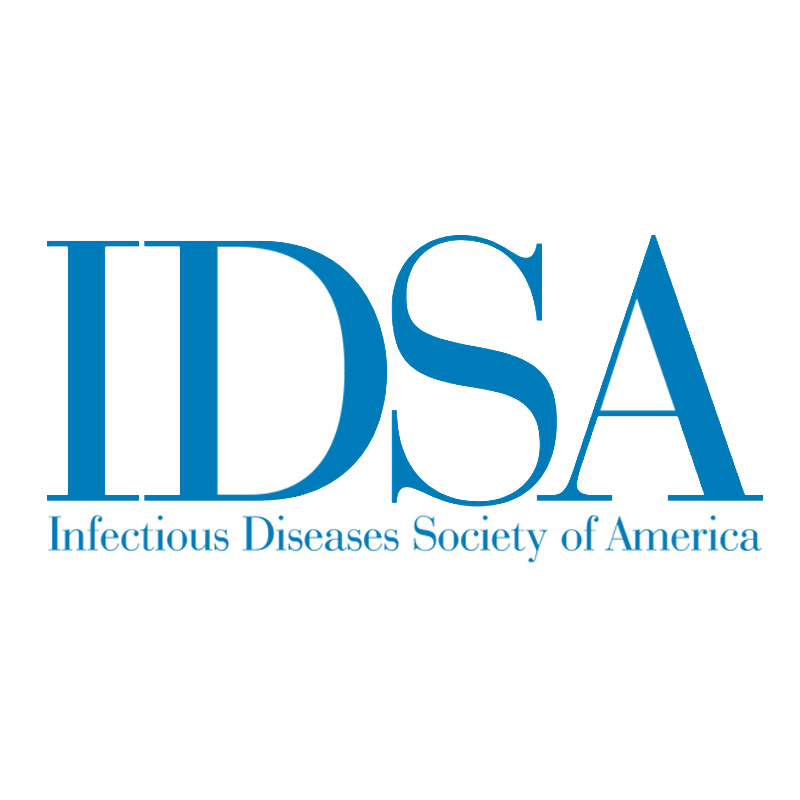AlanSubie4Life
Efficiency Obsessed Member
So sorry for the confusion. When I said,
. . . I should have been more clear (at least for those needing certain accommodations) that I meant, what the NIH describes, as
smh
Meanwhile, for those also interested (whether to save lives and avoid disability, or simply to be amused) by out-patient early treatment recommendations for those with mild symptoms, more info is in the first two columns here and also in a recent update re Molnupiravir that hasn't yet made it into the "Summary Table" chart.

COVID-19 Guideline, Part 1: Treatment and Management
IDSA has developed living, frequently updated evidence-based guidelines to support patients, clinicians and other health-care professionals in their decisions about treatment and management of patients with COVID-19 infection. Summarized here are the recommendations with comments related to the...www.idsociety.org
To be clear, I think it is valuable that you are posting evidence-based links on appropriate COVID outpatient treatment protocols. Even if none of them are available, it's still worth having educated patients.
It was just the (mild) implication that there was somehow something out there that was secret, or "known by others but not the US healthcare system," that I found amusing. And the FLCCC links, which are comical. (I'd note that their treatment protocols include many treatments which are well-known to be beneficial and have been demonstrated in large RCTs to be beneficial, and are used in the treatment of COVID-19. But then they include the other stuff too.)




